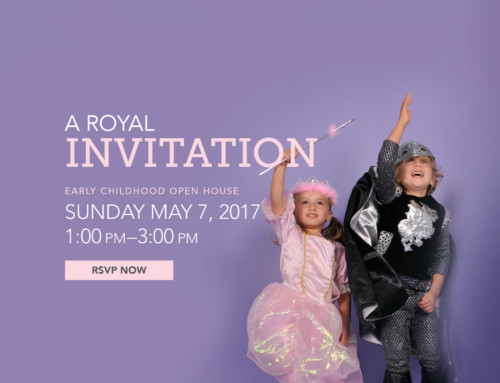Are all dance studios the same?
There are 5 main things that can make a huge difference in the quality of instruction your child receives and the overall enjoyment and experience of being involved with a dance program. Here are 5 things that every parent should consider before deciding on a dance studio for their child.
1. Do you Participate in Dance Competitions?
The dance studio industry has moved toward a highly competitive experience. Most dance studios have competition teams that practice together to enter into local, regional and national competition events. By focusing completely on competitions, young dancers spend time learning “a dance” rather than learning “to dance.” At Metropolitan School of the Arts, we do not have a competition team. Instead, we offer the opportunity for our young dancers to participate in high quality training that equips them for a professional career in the performing arts. MSA is home to 3 nationally acclaimed pre-professional dance ensembles that give students an opportunity to perform frequently at professional venues. We also offer a plethora of age appropriate, professional performing and learning opportunities for all of our students in addition to regularly scheduled classes.
2. What is the Quality of Dance Education?
3. What Type Of Floor Is Used?
Dance is a highly physical activity that requires jumping and elevation, which can put stress on bones and joints. Most dance footwear does not provide the proper cushioning support to reduce shock to the joints and postural alignment of a dancer. One of the best ways to prevent injury is by choosing a studio with a professional “floating floor.” A floating floor is a dance floor that rests on a system of high-density foam, to absorb the shock of jumping. A high-density foam base is superior to a “sprung” floor, which usually consists of a wood structure built on the regular floor.The top layer of the dance floor is also an important factor. A vinyl composite “marley” floor is accepted worldwide as the best surface layer for professional dance. Facilities such as the Royal Winnipeg Ballet, the Royal Academy of Dance in London, England, and Riverdance – The Touring Show, all use marley floors as their dance surface. A marley floor allows dancers to slide, with a degree of “controlled slip”, but is not slippery so there is less risk of slips and falls. Very few studios use professional marley floors because of the expense involved.Tap classes should be taught on a wood floor surface on top of the sprung sub floor. Fewer and fewer dance studios are opting to provide proper wood flooring for their tap dance programs.
4. What Is The Performance Philosophy?
Performance is a element of performing arts education. Most studios only put on one year end recital. The recital is usually a string of individual class dances that follow a theme and require costumes for each dance number. Oftentimes, more advanced students perform to mature song choices and wear costumes that may not be appropriate or acceptable for young children to see or experience. At MSA, we produce over 15 student performances each year. Our students have the opportunity to participate in the Nutcracker, Frosty Follies, The Winter Dance Concert, two acting showcases, two music recitals, our Spring Production amongst others. In the winter, our youngest dance students have the opportunity to participate in the Winter Dance Concert, which is a family friendly charity drive performance usually held in December. Students wear basic, low cost costumes for this performance and there is no ticket charge for this performance. In the Spring, we produce a fully staged Broadway-style musical production that incorporates all of our dance students, from beginning to advanced. Our students get a first hand opportunity to experience professional theater at its best. Our Artistic Director incorporates the individual dance classes into the main story plot, which is driven by an Ensemble of pre-professional students. Our youngest students can opt to perform with a class that participates in the Spring Production or a specially designed, low key Early Childhood performance for young children. All of our costume, choreography and music choices are appropriate for the entire family. We believe that young performers can present current and up to date material by learning age appropriate choreography and wearing age appropriate costumes that showcase high class, style, technical excellence and meticulous artistry.
5. Can I Get Immediate Assistance And Service?
In many studios the teacher or the studio owner conducts classes and manages the administration. By trying manage two jobs at once, the students may be affected as the teacher uses class time for customer service issues, or the studio may have no customer service available if the teacher is in a class. To have a good experience it is important to choose a studio that can assist you with details like costumes or schedules, even if a teacher is occupied in a class. Our studios have full time administrators on hand from 9 a.m.-9 p.m. most days, so you can get immediate assistance.
Ask these questions of any dance studio you are considering and you will realize why more families choose our studios each year than any other. After browsing this site, please call us with any questions you may have about getting the most out of your dance experience.



CONTACT US